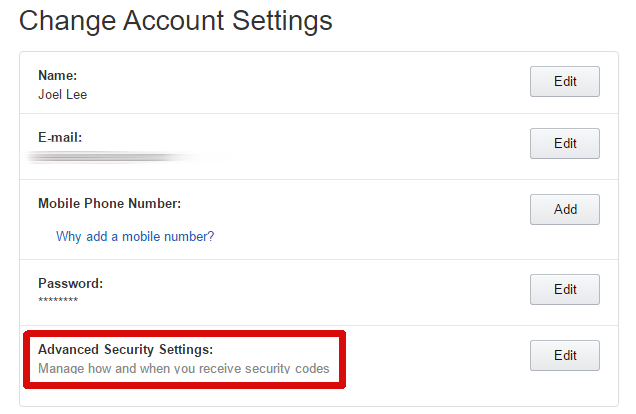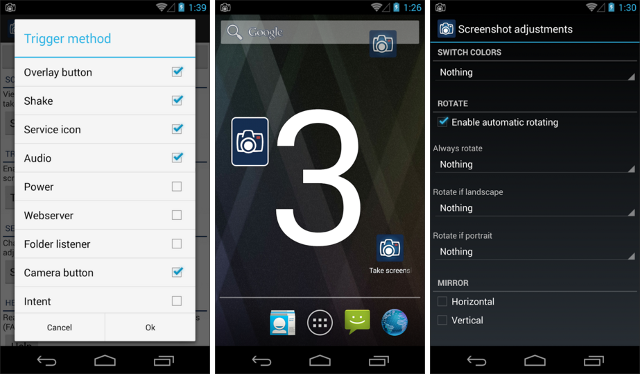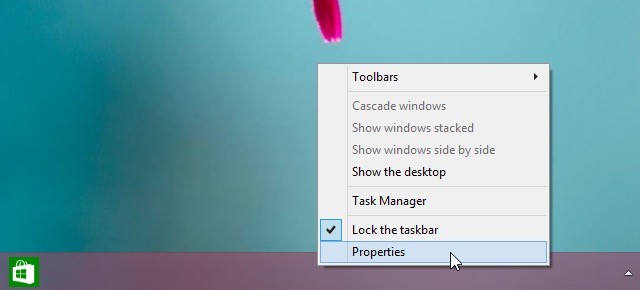Make sure your swings are right because they could be the cause of your success or failure. Another important thing here is timing of your swings and body movements.
Many star bowlers do not even take the ball as high as the shoulder, yet they build up all the momentum necessary for the down- swing. In addition, they assure themselves of correspondingly greater accuracy than the fellow who tends to over swing. Don't force the backswing ever! The fourth and finishing step is actually a step and a slide on the left foot. The length of the slide varies according to an individual footwork, number of steps, and the speed with which he comes up to the line. The average slide is about one foot in distance. At the end of the slide, your left foot should be approximately two to six inches from the foul line. It is on this finishing step that all efforts to achieve proper timing succeed or fail.
TIMING
I have often been asked to define "timing." Timing consists of the ability to co-ordinate the forward motion of your body with the swing of your right arm so that as you take your last step on your left leg, your body moves ahead in a smooth flowing movement and the right arm swings forward ready to deliver the ball.
Any discussion of timing naturally brings up the question of "natural speed." Natural speed comes from proper timing, the height of your backswing, and the length and speed of your footwork. Once you have acquired natural speed, you can keep it up indefinitely without strain. If you proceed too slow or too fast, you are forcing yourself. If you maintain a natural speed you can deliver the ball with less effort than if you deliberately try to throw it hard. A proper finish at the foul line is a necessity. The left foot, pointing straight forward, should be close to the line. The shoulders should be squared to the foul line, the left knee bent, the body bent forward from the waist, and the right leg behind the bowler, acting as a brake. In the accompanying photograph, little strain or tension is visible, mute evidence that the experts themselves realize the value of "taking it easy." This angle of the game cannot be overemphasized. A bowler looks better and scores better when he consistently comes up to the foul line in a smooth, easy glide.
THE FOLLOW-THROUGH
Perfect bowling form demands a correct follow-through. After releasing the ball, your hand should come up until it passes in front of your eyes, and is directly in line with the pins at the point you want the ball to strike. As you finish, your hand should be outstretched as though reaching for the target. Discussing a good follow-through recalls an occasion on which my Chicago team bowled in Springfield, Illinois, the first time a Windy City quintet had bowled there in a tournament. We were naturally anxious to make a good impression before the large crowd that was on hand. Our leadoff man took his position and approached the foul line smoothly. But, just as he was in the act of releasing the ball, it stuck on his thumb and sailed upward to disappear in the heavy smoke near the low ceiling. Then it came crashing down again, landed heavily on the lane, took three bounces and crashed into the pins for a perfect strike! We all sat there, flabbergasted, but not nearly so much as an elderly lady in back of us who dazedly said to her companion, "Is that how they bowl in Chicago?"
Besides your body movement timing and the ways you swings the ball, one of the important thing is how you are able to follow-through. This can be crucial in the way the ball moves towards the pins and strikes them.






 Dead Space 3 Collectibles Location Guide: Weapons, Artifacts, Circuit Nodes And Logs
Dead Space 3 Collectibles Location Guide: Weapons, Artifacts, Circuit Nodes And Logs 5 Best Android Apps for Taking Better Screenshots
5 Best Android Apps for Taking Better Screenshots How to Hide Anything in Windows
How to Hide Anything in Windows Fallout 4: The Institute, Synth info
Fallout 4: The Institute, Synth info Grey Goo (PC) All Missions Guide
Grey Goo (PC) All Missions Guide